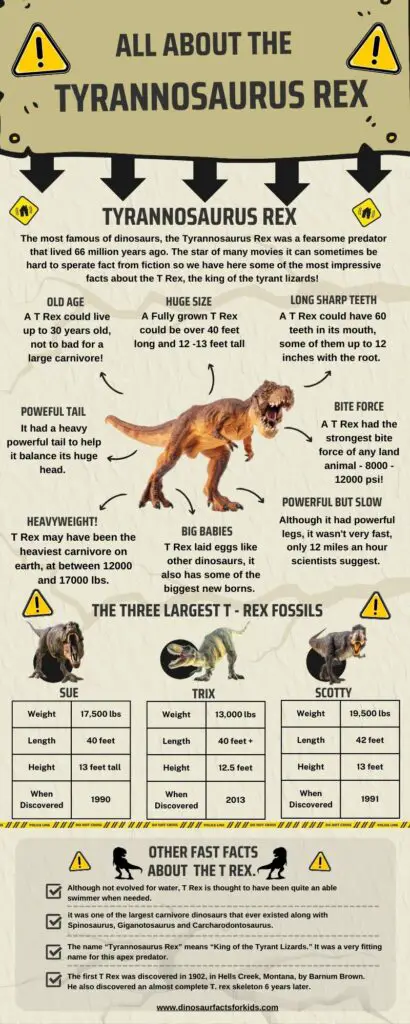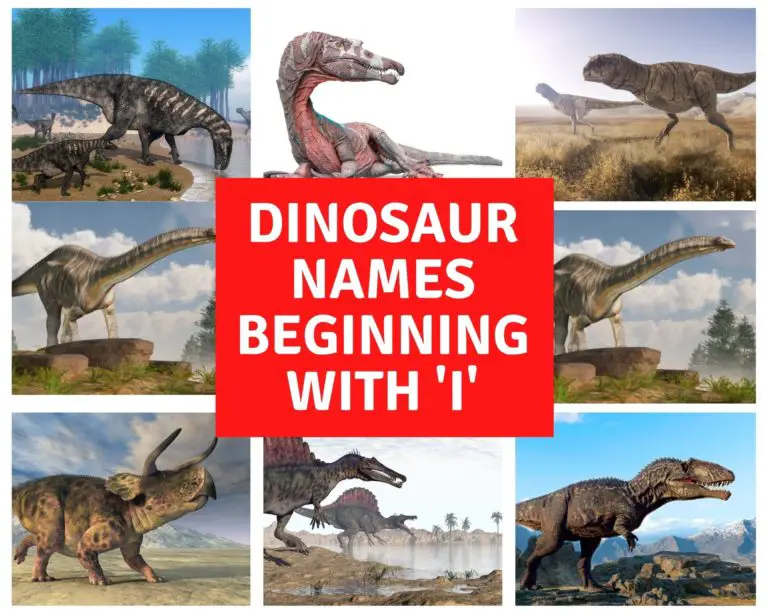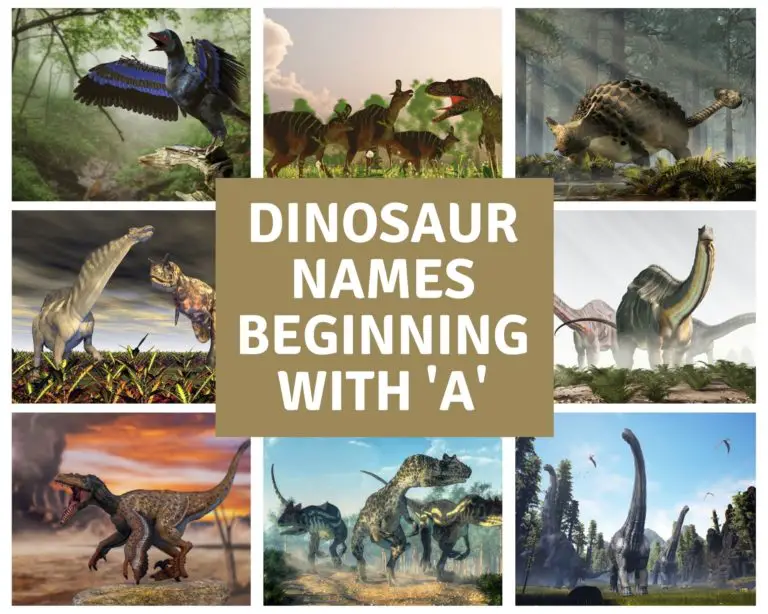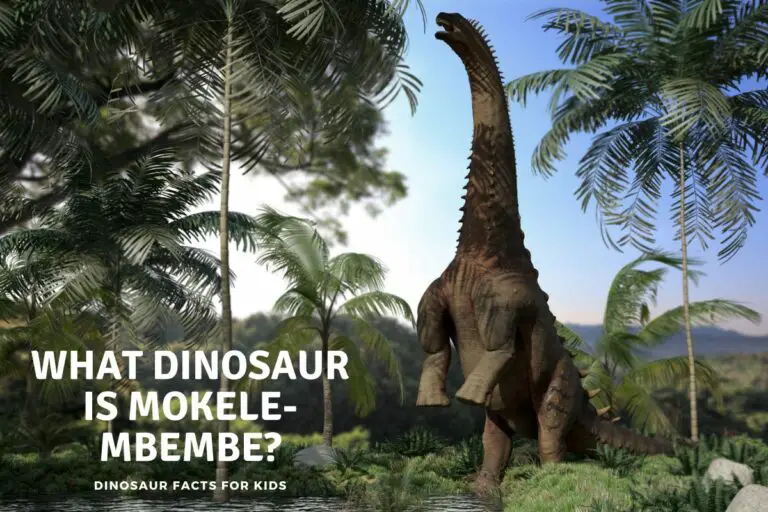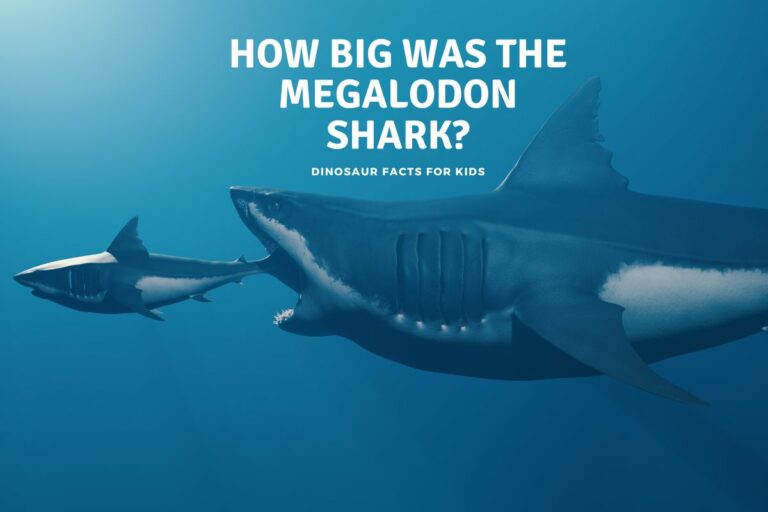Did T Rex Eat Plants?
While everyone knows T-Rex as a voracious meat-eater, you may have wondered if T-Rex would have also been capable of an omnivorous diet. Some modern large carnivores, like bears, can sometimes be seen eating fruit, vegetables, and other kinds of plant matter. Does this mean that T-Rex would have done so, as well?
T-Rex did not eat plants as a part of its diet; T-Rex was a carnivore, whose teeth and physique were optimally designed for chasing prey and eating meat. However, it is possible that under certain circumstances, for medicinal reasons or as an emetic T-Rex may have consumed small amounts of plant life.
Keep reading to learn more about how we know that T-Rex was a carnivore, and what this indicates about its diet and habits.
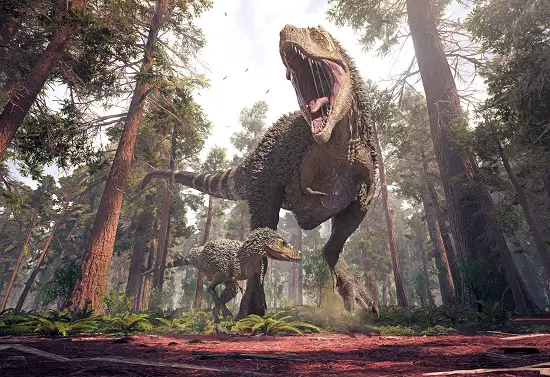
Relatives of T-Rex Ate Meat
Animals that are closely related to one another and which fill a similar ecological niche can often share dietary and behavioral habits. The same is true for extinct creatures, and we can compare T-Rex to similar large carnivorous dinosaur species such as Albertosaurus and use this taxonomical relationship to make guess at diet.
For example, we have fossil evidence of large-prey predation by Albertosaurus, and other close relatives like Daspletosaurus, indicating that the large and closely related Tyrannoid dinosaurs shared similar eating habits, and possibly similar social habits, as well.
One distant therapod relative of the T-Rex, Chilesaurus diegosuarezi, did seem, in fact, to be a plant eater. However, these creatures were very small, about the size of a turkey, and had unique features such as blunt teeth and a slightly beak-like mouth.
All of those large dinosaurs closest in physiology and structure to the T-Rex exhibited strong predation, and we can safely assume that T-Rex did as well.
We have a T Rex facts infographic you can share in the image below. Just click to make it bigger, credit too please!
T-Rex Had Serrated Teeth
We can also look at the individual characteristics of T-Rex and determine that these are the physical features of a meat eater. Teeth are among the best ways to determine what an extinct animal may have eaten.
Broad, dull teeth are best for breaking down and chewing plant matter, whereas dagger-like teeth are especially suited for predation.
In the case of T-Rex the teeth are serrated, meaning that they have many, tiny sharp notches ideal for embedding into prey, and then ripping and slicing through tissue. Modern-day sharks have similar teeth, which make them capable and lethal predators.
Additionally, the teeth of T-Rex are uniquely suited only for eating meat. Many creatures have a mix of sharp and blunt teeth, indicating that a mixed diet can be chewed and consumed. With T-Rex, however, we observe a mouth full of nothing but daggers, indicating that plants, even as an occasional supplement, were not a part of T-Rex’s diet.
The jaws and facial muscles of the T-Rex were also incredibly powerful, capable of crushing through bone and killing other animals with a single bite. Similarly strong jaws are observed today on orcas, lions, tigers, sharks, and crocodiles. This kind of remarkable biting pressure is best suited for killing and eating large and active prey, as well as crushing through the bone and tissue of already-dead carrion.
T-Rex’s Physique Indicates Predation
The unique body structure of T-Rex tells us that these animals were predators. For one thing, the T-Rex was large, with dense, powerful hind legs and a wide rib cage, hinting at an animal capable of intense bursts of energy, and pursuing large prey over moderate distances.
The T-Rex would have stood about 10-12 feet high, and 32-40 feet long when fully grown. These large animals were optimized for preying on the massive herbivores of their era, and a single T-Rex could have easily taken down a medium-sized Hadrosaur. A pack of T-Rexes would have had greater success with a large Sauropod, similar to how packs of wolves can take down elk or bison.

Fossil Evidence in Herbivores and… Poop?
We can also learn about what T-Rex ate by studying the bones of the creatures it preyed on. Many herbivore remains have been found with T-Rex tooth marks, and some fossil sites have revealed both prey dinosaurs and the T-Rex buried side by side, likely in a freak natural event such as a flash flood.
These herbivores were typically medium-sized to large, indicating that T-Rex hunted, chased down, killed, and ate formidably-sized dinosaurs. Even Sauropods, the massive, long-necked dinosaurs, have been found with evidence of Tyrannosaur predation. This indicates that the T-Rex may well have been a pack hunter, as taking down these massive creatures would not have been easy for a single Rex.
Other herbivore fossils show signs of the herbivore having been attacked by a T-Rex and surviving the attack, lending further evidence to our view of T-Rex as an active and apex hunter, as opposed to a solo scavenger as was commonly believed in the past. This is not to say that T-Rex wasn’t a scavenger as well; like many modern predators, Tyrannosaurs may have been both, depending on what was available.
What’s more, dinosaur feces were sometimes fossilized as well, and T-Rex solid waste has been discovered with splinters of half-digested bone. Half-digested leaf matter or fibrous roots have yet to be found in fossilized T-Rex feces. But that’s not to say T-Rex would have never, under any circumstances, eaten a leaf if a specific situation called for it.
T-Rex May Have Eaten Plant Life as Medicine
Have you ever seen a dog with an upset stomach eat grass? Dogs will typically munch on grass if they’re experiencing digestive issues, either to help soothe their stomach, or to induce vomiting. So animals that typically eat meat also know how to use plants to heal themselves or as an emetic (make themselves sick) and will munch on specific kinds of plants if they’re not well.
It’s entirely possible that T-Rex may have consumed greenery, fruits, bark, or roots with specific medicinal functions. Many animals and human societies are familiar with the curative properties of plants, and if T-Rex had consumed some dangerously rancid meat or were suffering from an infection, digestive issue, or parasites, it could have consumed specific plant life meant to eradicate the disease or condition.

We have a huge selection or articles to answer the common and some less common questions about the Tyrannosaurus Rex here on the site and to make it easier to access we have them in the table below.
Conclusion
T-Rex was a consummate and consistent meat-eater and would not have consumed plants as a part of its normative or supplementary diet. This is evidenced by the body structure and tooth design of the T-Rex, as well as fossil evidence (such as tooth marks and broken teeth) that herbivores were hunted and killed by the T-Rex.
While T-Rex would not have eaten plant life as a normal part of its diet, it is possible that T-Rex may have occasionally eaten plant matter for medicinal reasons, such as to fight infection or rid the body of parasites or bad food.
References
- https://www.sciencedaily.com/releases/2010/12/101220163052.htm.
- https://www.earth.com/news/tyrannosaurus-rex-planted-fruit/
- https://www.nationalgeographic.com/animals/article/151030-tyrannosaurus-rex-cannibal-menu-eat-science
Hi, I am Roy Ford a General Studies and English Teacher who has taught all over the world. What started as a fossil collection became a great way to teach, motivate and inspire students of all ages and all over the world about dinosaurs and from that and children’s love of dinosaurs came the site dinosaur facts for kids, a resource for all ages.

